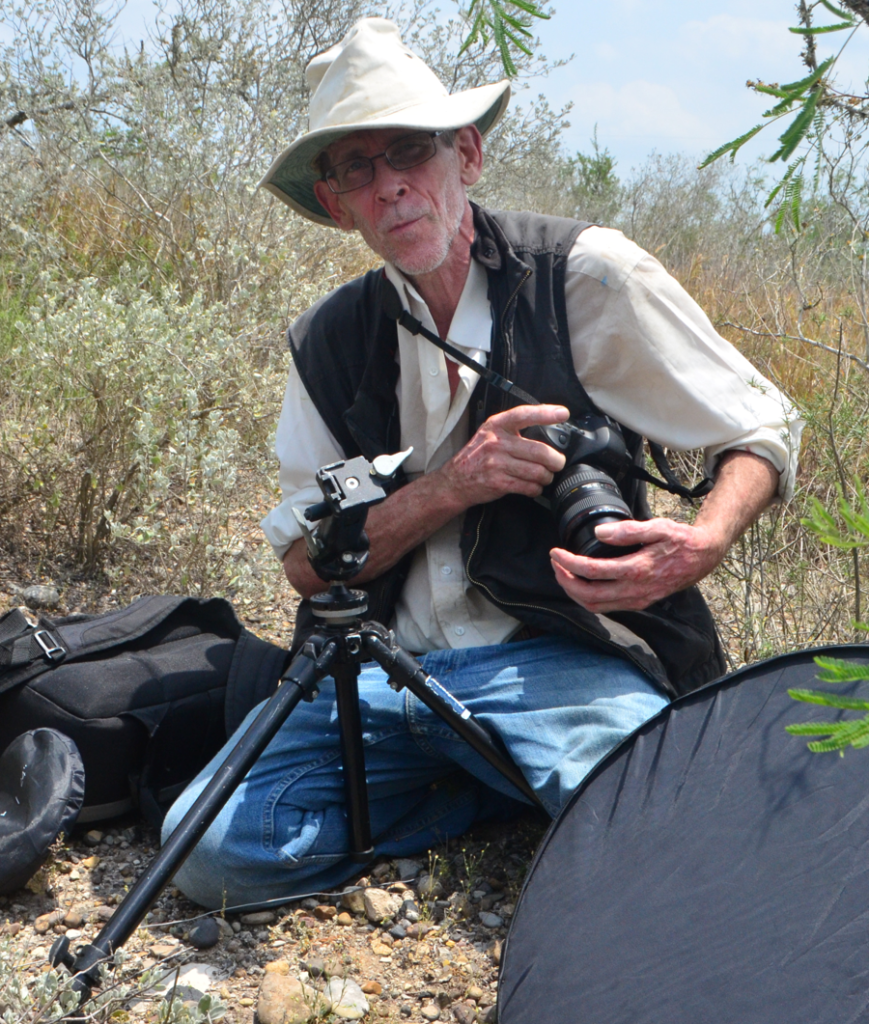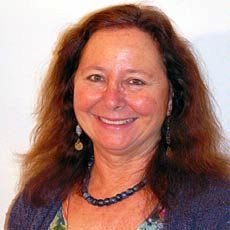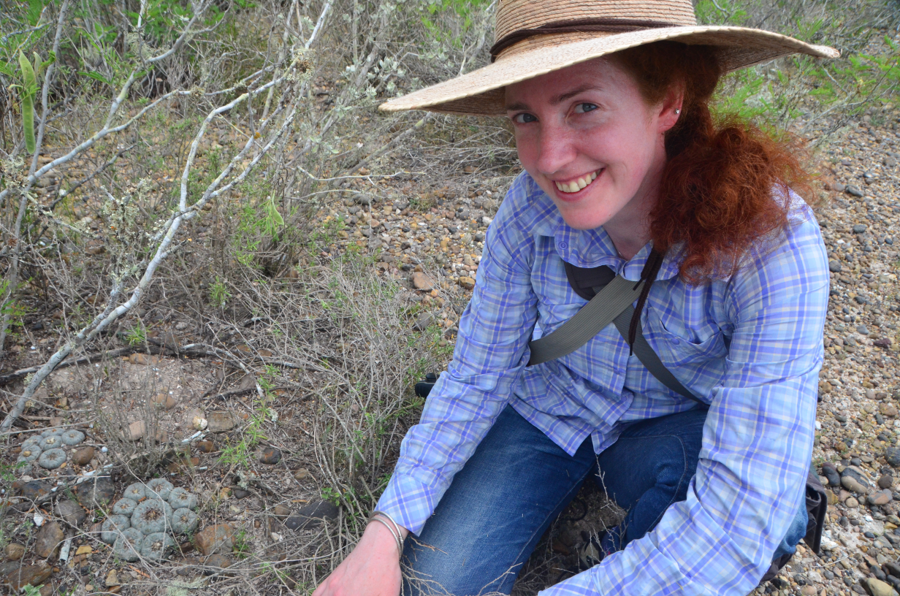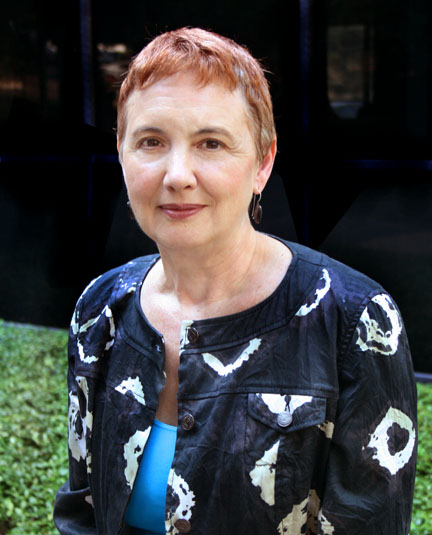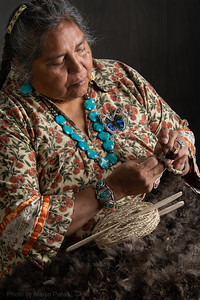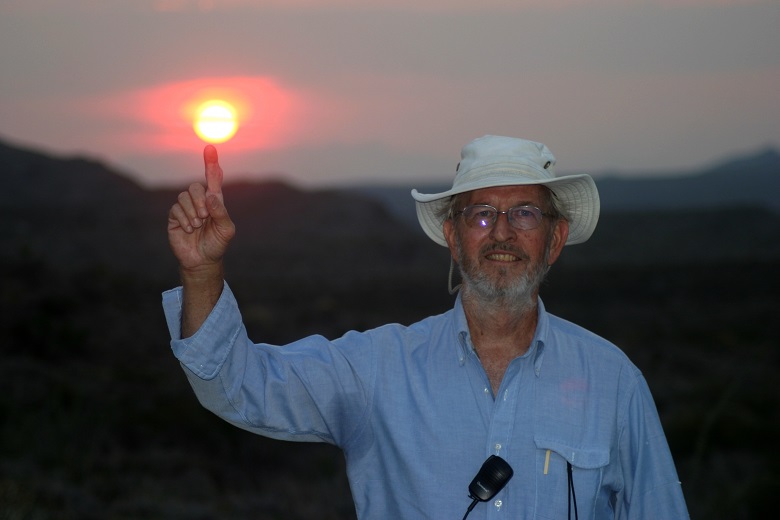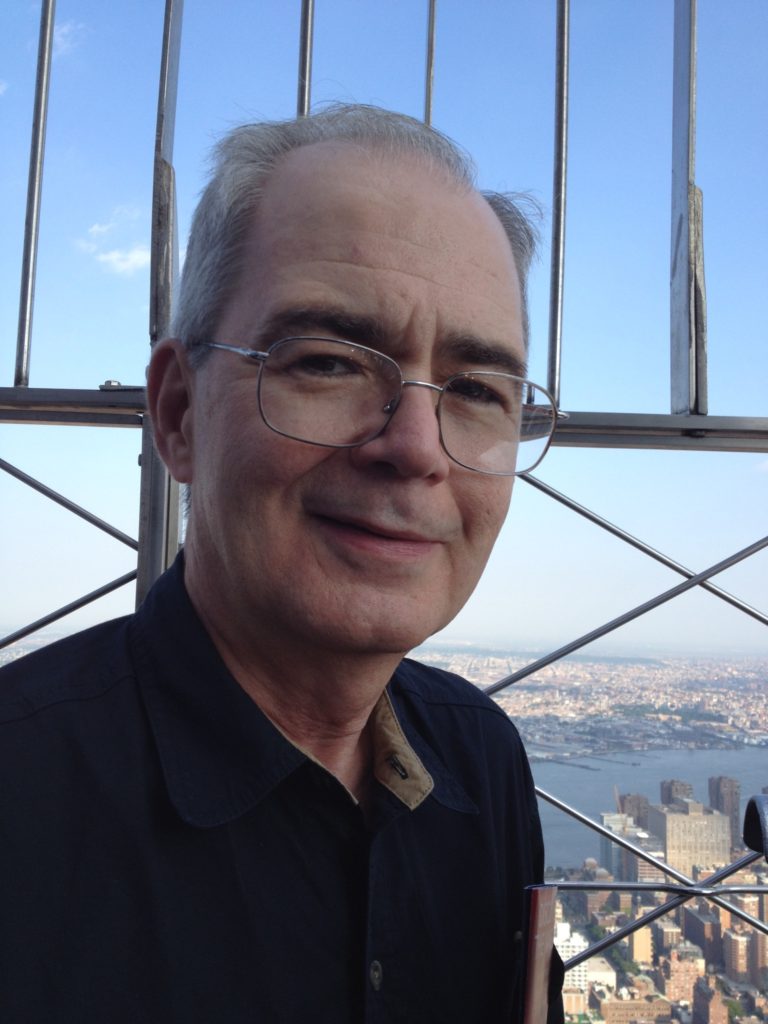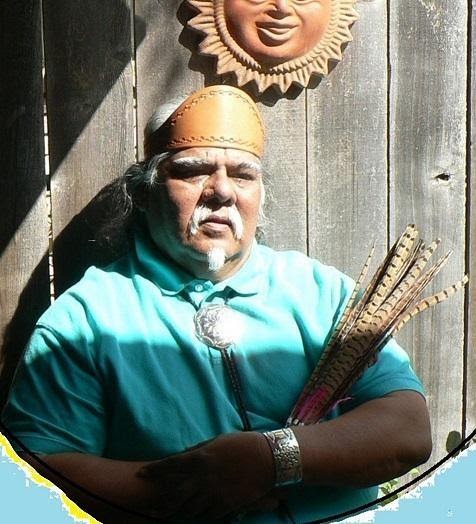Our History
On November 18, 2003, the Cactus Conservation Institute (CCI) received its corporate charter from the State of Texas. Those articles identified it as a charitable corporation organized under the Texas Non-Profit Corporations Act.
On May 6, 2004 the Internal Revenue Service issued its favorable determination letter in response to CCI’s application for tax exempt status under Section 501(c)(3).
This determination allows CCI to gather donations to itself tax free, as well as allowing donors to deduct their gifts from their own income tax.
The final underpinning of CCI was put in place when the State of Texas granted an exemption from state corporate franchise tax, retroactively effective on the same date as the IRS determination letter.
Since the officers of CCI are not paid, the organization is able to devote 100% of each donation dollar to its mission of preserving and restoring a selected portion of South Texas Tamaulipan Thornscrub habitat of threatened and endangered cacti.
The release in late 2003 by the U.S. Fish & Wildlife Department of its Recovery Plan for preservation of the star cactus Astrophytum asterias was the triggering event in the creation of CCI.
Dr. Martin Terry had for some years prior to that release been interested in the link between the harvest of Lophophora williamsii by “peyoteros” in their trade with members of the Native American Church and their accidental or intentional taking of Star cactus.
Not only have collectors put pressure on the remaining populations of star cactus in South Texas, but the apparent significance of star cactus per se to Native Americans has led to deliberate harvesting of star cactus along with peyote. A growing understanding that the fate of star cactus is inextricably intertwined with the commercial harvesting of peyote, and that both cacti need serious study, led to the mission statement of CCI.

